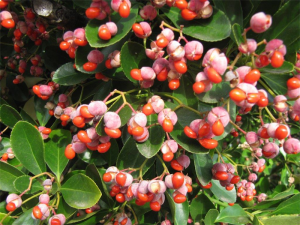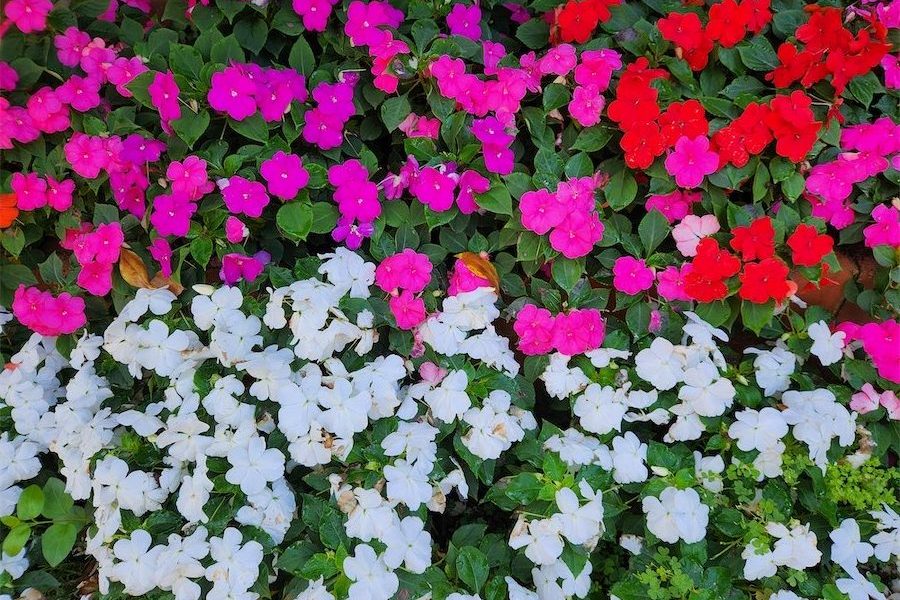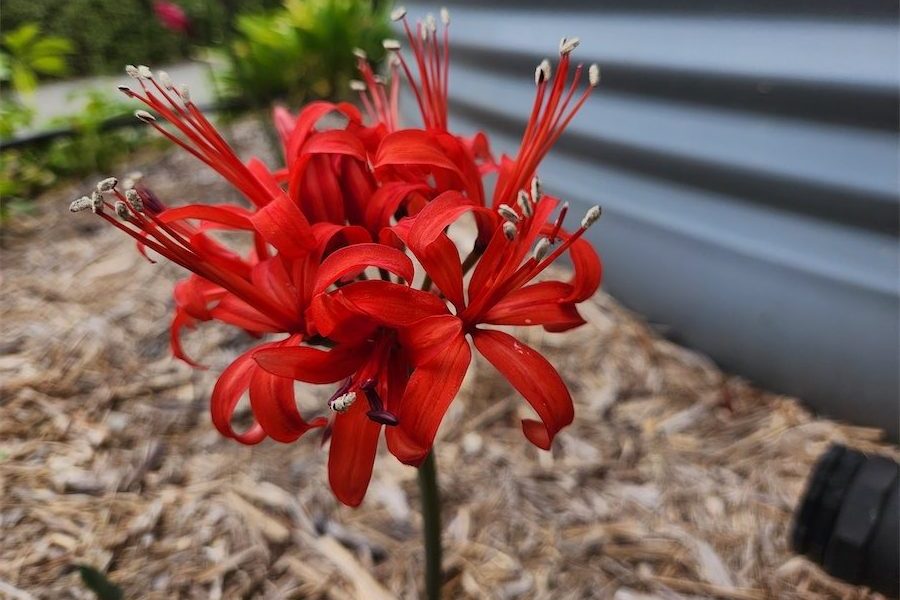
Although no relation, the name is due to its resemblance to old-fashioned roses.
Hellebores have a huge range of pastel colours from soft pinks to purples. Plus they come in single flowers to semi-doubles and full doubles.
They grow best in well-drained soil and ideally planted under deciduous trees or shrubs for shade in summer.
The largest range I have seen in Canberra is at the Heritage Nursery in Yarralumla, where it is one of their winter specialities.
If you have older, scraggly specimens, it is not too late (although I recommend early autumn) to cut the old leaves to ground level. Apply a good organic fertiliser such as Healthy Earth and then mulch to about 50-75mm deep.
They are totally frost hardy and will multiply over the years or can be dug up and divided in spring. They are the ideal plant to combine with herbaceous peonies, often referred to as the “Queen of Flowers”, also now in stock at garden centres.
HERE’S a perfect recommendation for daphne “Eternal Fragrance” from the largest garden society in the world, the UK’s Royal Horticultural Society, which says: “Tolerant of pruning, it can be used as a low hedge, a specimen plant or grown in a container.
“It is one of the best plant introductions in the last 10 years – described as the first ‘bombproof’ daphne. Sun or part shade with a temperature tolerance of -10c to + 40c”.
It is a hardy variety originating from a cross of two daphne from Italy, and ideally suited to our hot summers. It is also available in a pink form, “Spring Pink”.

If you want a really dense, sturdy hedge 2m-3m it is worth considering. This evergreen shrub will withstand hard clipping. Its fluffy white flowers appear in late summer, followed by wonderfully coloured berries as seen here in a Chifley garden at this time.
Unlike other plants such as Pyracantha, birds do not eat the berries. Over the years it has lost popularity in favour of quicker-growing plants such asPittosporum, but without the problems of that plant, which can become very scraggly in a short time. It is still readily available at most garden centres.
LAST week I said that quince trees had been grown for hundreds of years. In the “Life of William Dampier”, second discoverer of Australia, in 1704 he captured a Spanish ship off the coast of Panama. Instead of the expected gold, the cargo included bales of linen and wool plus 30 tons of quince marmalade.
DIARY date: The Horticultural Society’s rose-pruning demonstrations will be held on Saturday, July 19, in the Woodfield’s garden at 1 Spence Place, Hughes, and on Sunday, July 20 at the society’s demonstration garden, corner of Battye Street and Weston Lane, Bruce. This will also include fruit-tree pruning. Both run from 1pm to 4pm and all welcome. There is no charge.
Jottings…
• The sweet scented “Lily of the Valley” can be planted now under deciduous trees for summer shade.
• Prune gooseberries, red and white currants to keep an open-centred bush with 8-10 main branches. Prune last year’s growth of the main stems by half.
• Start pruning wisteria branches back to three nodes or leaf joints.
• Prune apples and pears to maintain an open centre of the tree.
• Do not prune or cut back evergreen shrubs during winter.
Who can be trusted?
In a world of spin and confusion, there’s never been a more important time to support independent journalism in Canberra.
If you trust our work online and want to enforce the power of independent voices, I invite you to make a small contribution.
Every dollar of support is invested back into our journalism to help keep citynews.com.au strong and free.
Thank you,
Ian Meikle, editor




Leave a Reply